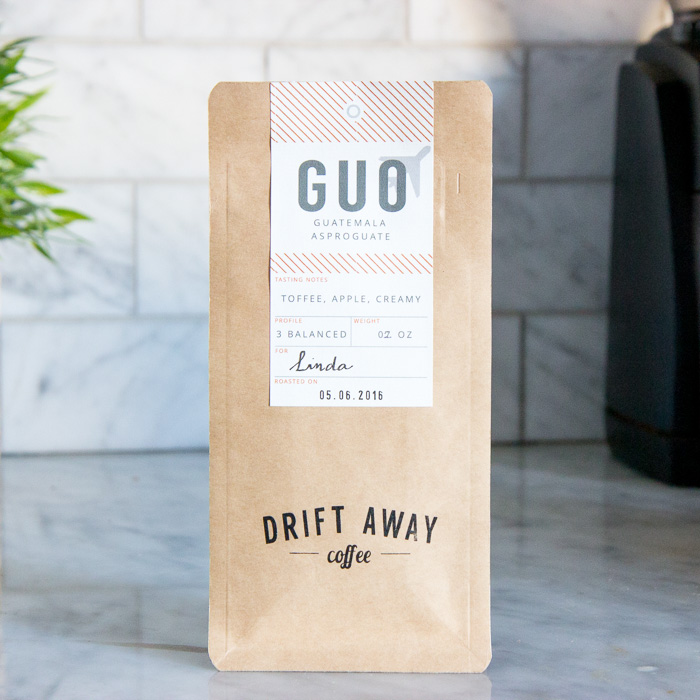One of the original coffee-growing countries and one of the most respected, Ethiopia is a pillar in the coffee industry. The country not only produces lots of coffee — it was the fifth-highest coffee producing country in 2014 — but it also produces some of the world’s best coffees.
Coffee Originated in Ethiopia (Maybe)
It’s unclear whether coffee originated in Ethiopia or Yemen. If you ask an Ethiopian, though, they’re bound to tell you the story of how coffee was discovered in their country.
According to legend, an Ethiopian goat breeder noticed that his goats were acting strangely after eating the berries of a particular bush. He brought some of the berries to a nearby monastery, where monks brewed tea from them — and then were awake all night. Pulling an all-nighter provides lots of time for prayer and study, and word of coffee’s miraculous benefits soon spread throughout religious (and likely secular) establishments.
Regardless of the veracity of this tale, coffee has been grown in Ethiopia for a very, very long time. If it’s not the first country to grow coffee, Ethiopia was certainly among the initial few.
The Ethiopian Commodities Exchange Brought Stability
In 2008, to protect the country’s coffee farmers’ livelihoods, the Ethiopian government set up the Ethiopian Commodities Exchange (ECX). The ECX regulates a number of agricultural products, including coffee.
Today, a lot of the coffee grown in Ethiopia is sold through the ECX. Farmers bring their crops to a mill, which pays them. The coffee is then processed and then transported to a warehouse, where it’s graded. From the warehouse, the coffee is sold, typically to an Ethiopian exporter who will ship it overseas.
The ECX brought important stability and efficiency to Ethiopia’s coffee industry. The system ensures prompt payments for farmers, and it streamlined the warehousing, grading and trading of coffee. For many coffee farmers in Ethiopia, these were positive changes.
The ECX Hurt Some High-Quality Coffee Farmers
Not all of the ECX’s effects have been positive, however. The exchange has had two negative impacts, which have particularly affected growers who produce high-grade specialty coffees.
First, farmers are not always paid for producing high-quality coffee. Some mills pay farmers a premium for coffees that exceed certain standards, but others do not. Additionally, even those that do don’t always pass on the true financial value of the coffee to farmers, because they must pay farmers when they receive the coffee — before it’s processed, graded and sold.
Second, the ECX effectively obscures almost any notion of traceability. Coffee is labeled late in the production line, well past any point when it could be traced back to a particular farmer. Often, the label a coffee sold through the ECX only indicates its region.
Cooperatives Provide Better Traceability
Thankfully, there are ways for cooperatives to bypass the ECX and work directly with exporters. By avoiding the ECX, co-ops are able to provide better traceability and get better prices for premium coffees. Coffees sold via this method can be traced back to a specific co-op, and sometimes to a single farmer. As traceability is improved, the farmers and processors that actually worked with a specific coffee can be better financially rewarded.
Most Varietals Are “Ethiopian Heirloom”
Most of the coffee varietals are simply called “Ethiopian heirloom.” In some cases, they’re given moderately more specific names, such as “Ethiopian Harrar varietal” or “Ethiopian Sidama varietal.” (Harrar and Sidama are two regions in Ethiopia.)
Ethiopian heirloom varietals include a plethora of different varietals. Each varietal has been cultivated in a specific part of the country for centuries. All varietals are arabica.
There Are Three Main Growing Regions in Ethiopia
There are three main growing regions in Ethiopia, two of which are especially well-known:
- Harrar is a dry region in the eastern part of the country. Because it’s dry here, much of the coffee is natural processed (unwashed), which produces a fruit-like acidity, heavy body and rich aroma. The balance of acidity, body and aromatics make these well-suited for espresso blends (or possibly exotic single-origin espressos), as their aromas will be brought out in the crema. The finest Harrar coffees feature notes of blackberry or blueberry. Harrar coffees are often classified as either longberry (big), shortberry (small) or mocha (peaberry).
- Sidama is a district in southern Ethiopia, and it includes the smaller region of Yirgacheffe (as well as Guji). Coffees from Sidama may be washed or natural processed. Compared to Harrar coffees, they’re typically a little tamer, although they still feature fruity acidities and lots of aromatics. Jasmine, citrus and floral notes are all common in Sidama coffees.
- In Western Ethiopia, Ghimi, Lekempti and Wellega are lesser-known coffee growing areas. Coffees from these regions are usually washed, less acidic and sweeter than those from either Harrar or Sidama. Fruit notes are still prevalent, but they favor more stone fruits (e.g. nectarines, plums and peaches).
Developing Relationships with Cooperatives is Key
Since the establishment of ECX in 2008, developing relationships with cooperatives has been vitally important for specialty coffee importers and roasters in the United States. While ECX has helped many coffee farmers in Ethiopia, it’s not a perfect system for the relatively small specialty coffee sector of the market. As relationships are built with co-ops, the cooperatives will only become stronger and will be able to invest more in the coffees they’re growing, as well as in their communities. This is a win-win for both coffee drinkers in the U.S. and coffee growers in Ethiopia.
Check Our Current Offerings
At Driftaway Coffee, we’ve carried a number of Ethiopian coffees. To see if we’re roasting any right now, check out our current offerings.

